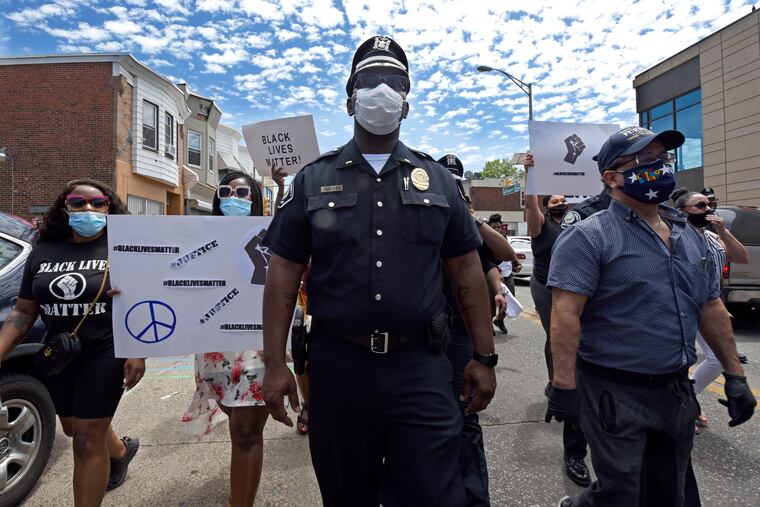Is Camden a good model for the future of policing? | Pro/Con
A longtime Camden resident and former mayoral candidate debates a member of Physicians for Criminal Justice Reform.

A longtime Camden resident and former mayoral candidate debates a member of Physicians for Criminal Justice Reform.
